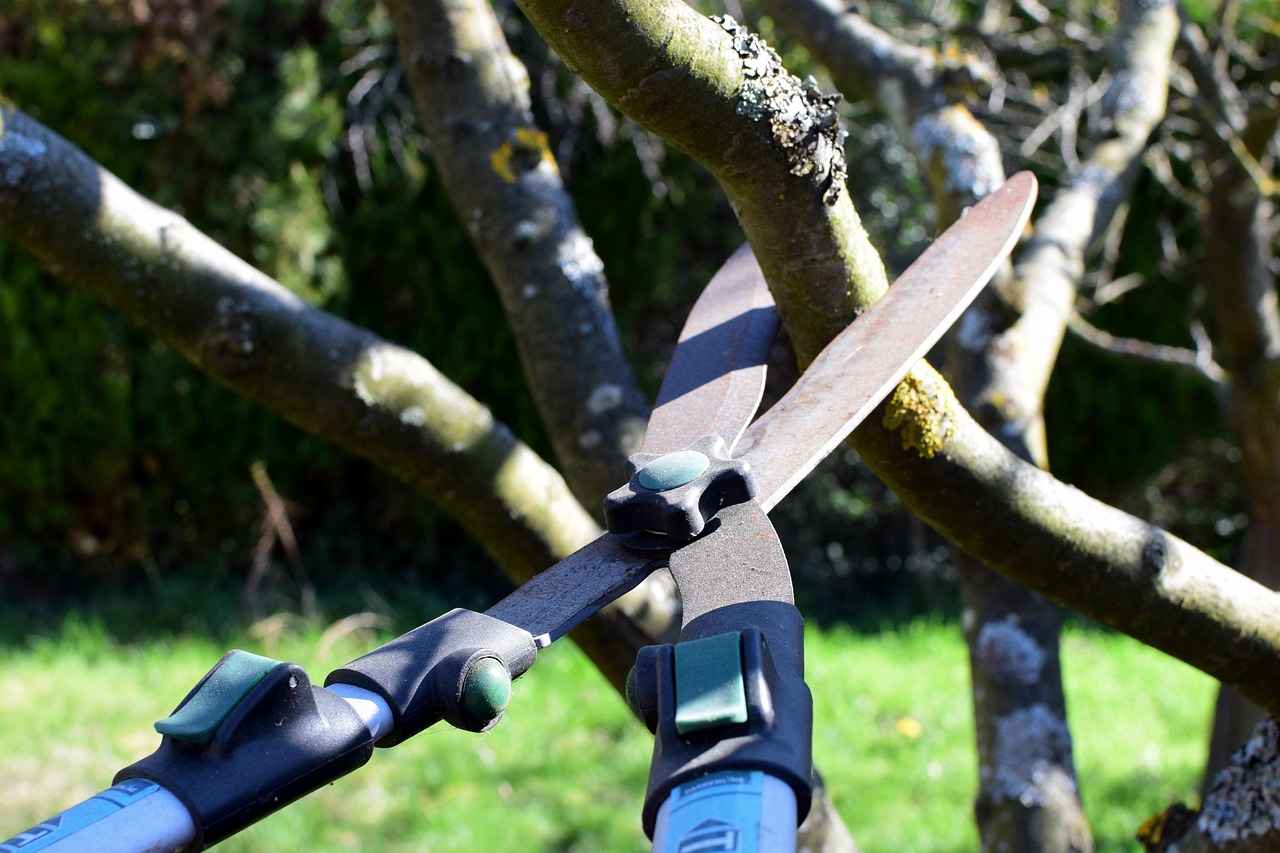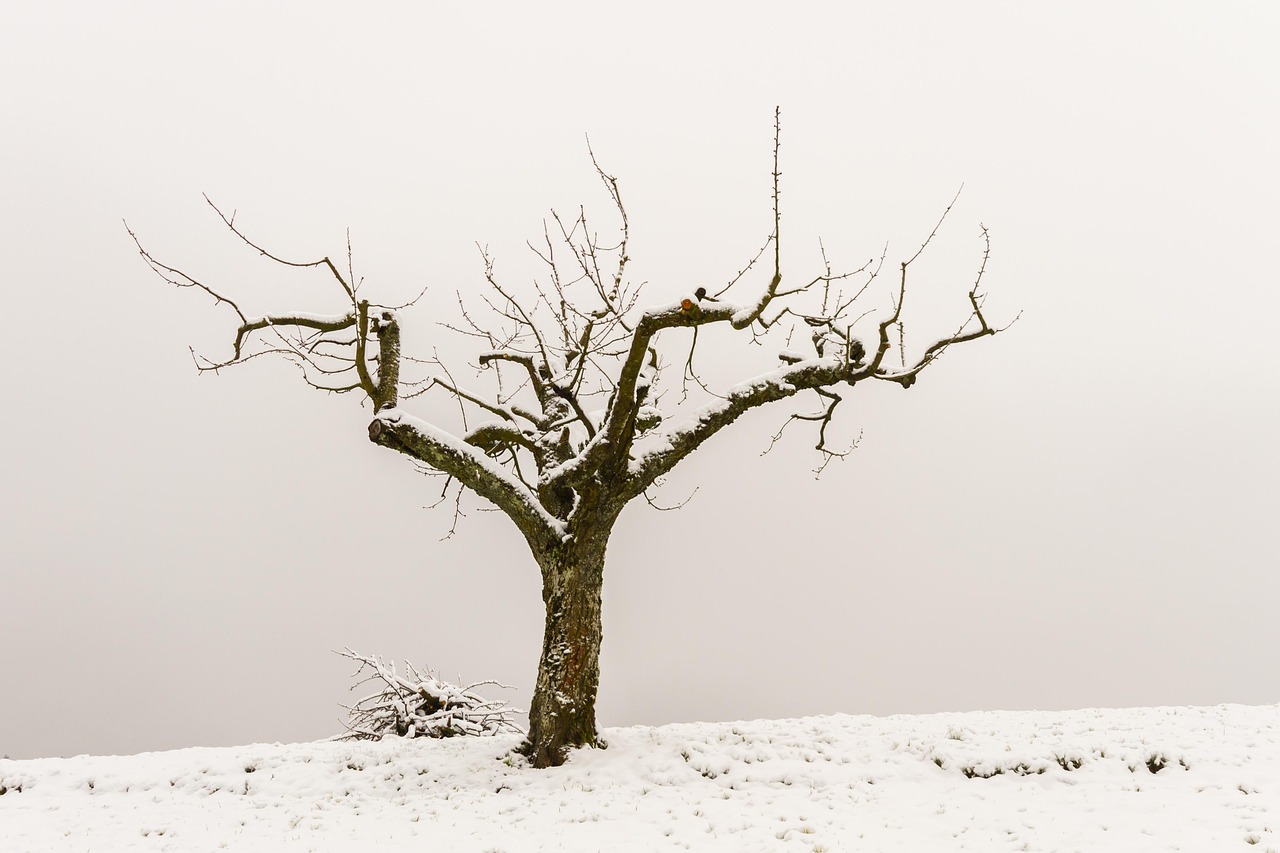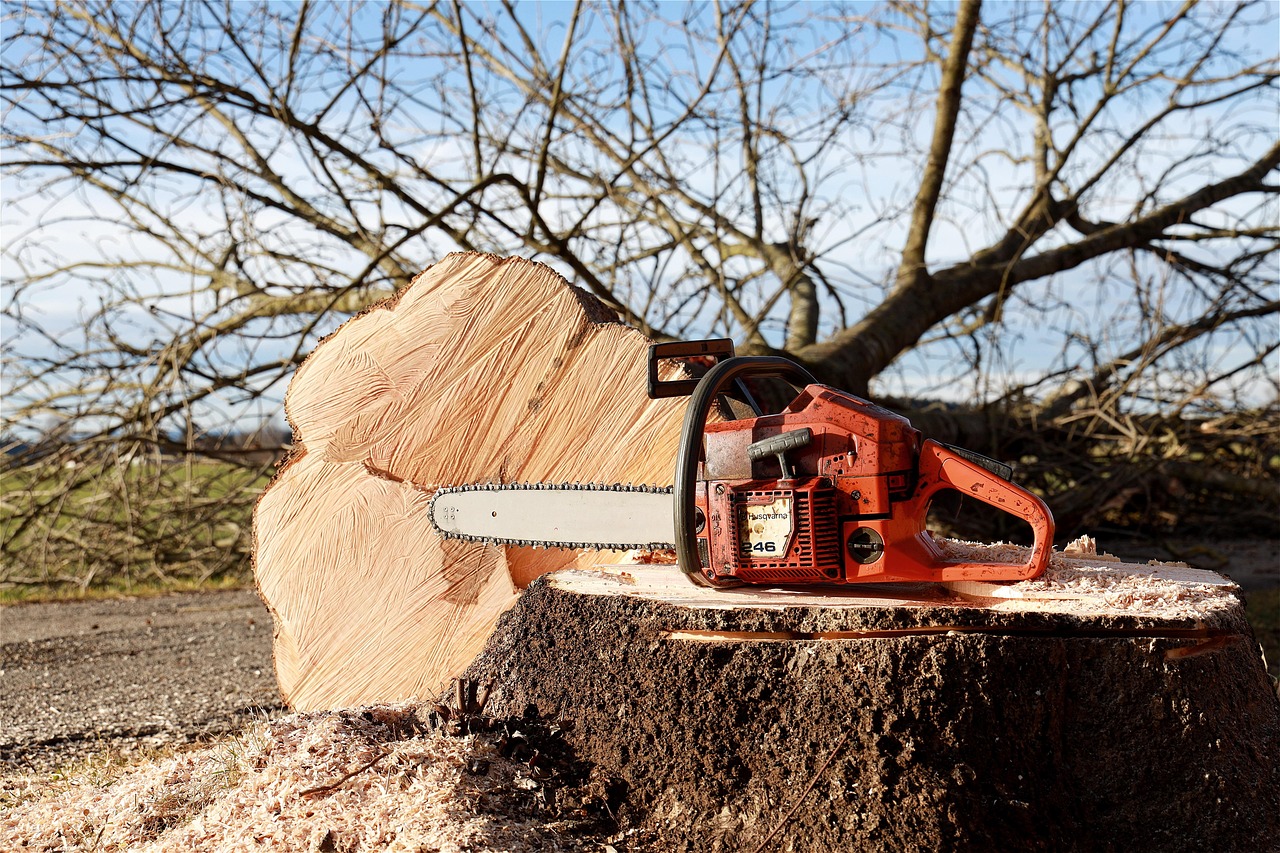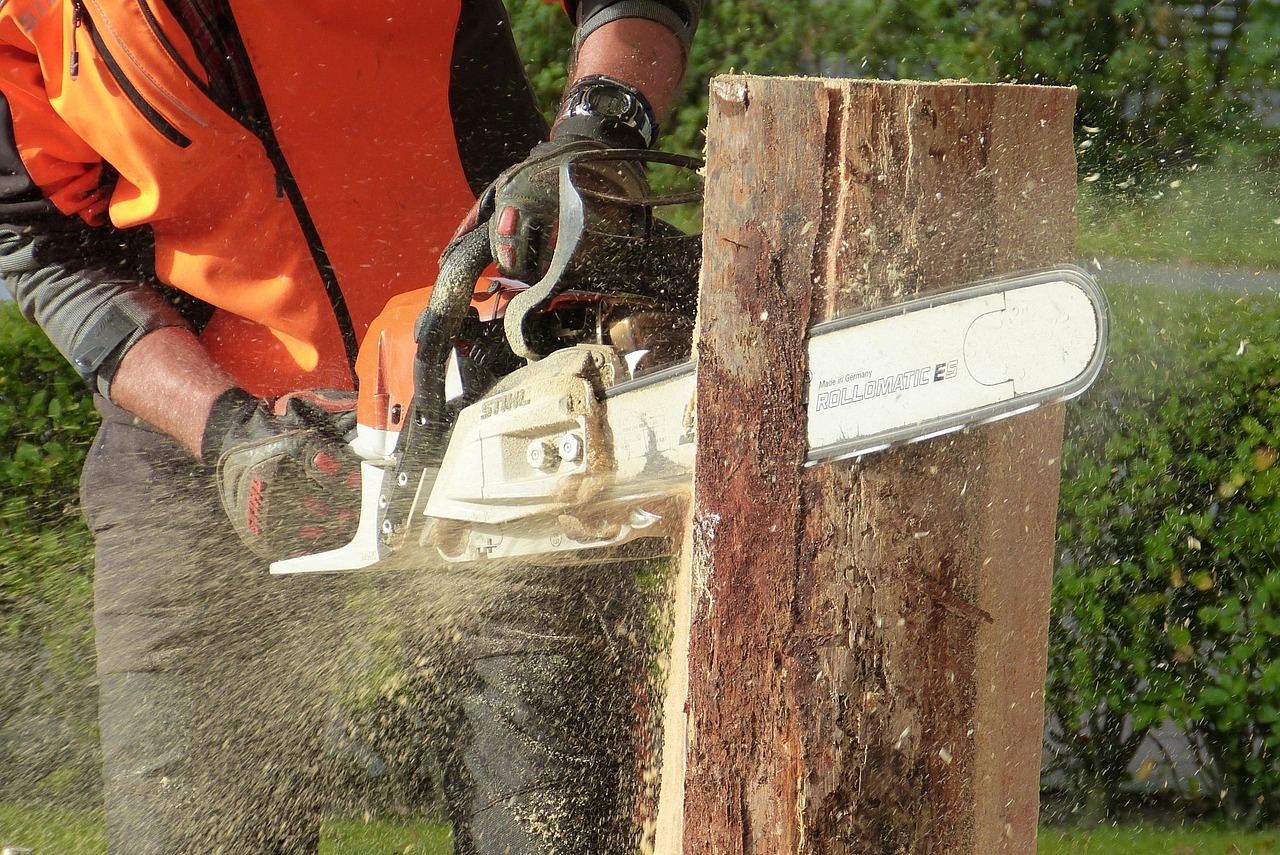Exotic tree pruning involves specialized techniques tailored to unique species. Proper pruning promotes healthy growth, enhances appearance, and can significantly improve fruit or flower production. Understanding each species’ specific needs is crucial for effective pruning.
Understanding Exotic Trees
Exotic trees are species that originate from regions far removed from where they are now cultivated. These trees often showcase vibrant colors, unique shapes, and fascinating growth habits, making them popular choices in landscaping. However, their care and maintenance can differ greatly from native species.

Pruning is a vital aspect of tree care. It helps maintain the tree’s health, encourages growth, and ensures that it fits well within its landscape. For exotic species, understanding the unique characteristics of each tree is essential for effective pruning.
Many exotic trees have specific growth patterns, flowering times, and foliage structures. This knowledge is critical for timing pruning correctly. For example, some trees should be pruned in late winter, while others may require pruning after flowering to avoid removing buds for the next season.
Why Prune Exotic Trees?
Pruning serves several essential functions for exotic trees:

- Health Maintenance: Removing dead or diseased branches helps prevent the spread of pests and diseases.
- Shape and Size Control: Pruning helps maintain a desired shape and size, ensuring the tree fits well in its environment.
- Encouraging Growth: Proper cuts can stimulate new growth and increase fruit or flower production.
- Aesthetic Appeal: A well-pruned tree enhances the beauty of any landscape.
Key Considerations for Pruning Exotic Trees
When it comes to pruning exotic trees, various factors should be considered:
- Species-Specific Techniques: Different species require different pruning methods. Research the specific needs of your tree.
- Timing: The best time to prune varies. Many exotic trees benefit from pruning at specific times of the year based on their growth cycle.
- Tools: Use sharp and clean tools to make precise cuts. This minimizes damage to the tree and helps prevent disease.
Common Exotic Tree Species and Their Pruning Needs
| Species | Optimal Pruning Time | Pruning Technique | Notes |
|---|---|---|---|
| Bougainvillea | Late Winter | Hard prune to promote bushiness | Requires regular maintenance for best blooms. |
| Moringa | Spring | Selective thinning | Encourages branching and fruit production. |
| Citrus Trees | Post-Harvest (Late Winter) | Light pruning to remove deadwood | Avoid heavy pruning to retain fruiting branches. |
| Palm Trees | Early Spring | Remove dead fronds only | Avoid cutting green fronds; they provide energy. |
Each exotic species may have additional nuances in their care. Local climate, soil conditions, and surrounding plants can also influence how and when you should prune them. Engaging with local horticulturalists or extension services can provide invaluable insights tailored to your specific region.
It is also important to observe how the tree responds to previous pruning efforts. This feedback can guide future practices, helping you refine your approach over time. Remember, patience is key as you learn the best techniques for your exotic trees.

Caring for exotic trees through proper pruning not only enhances their beauty but also contributes to a healthier ecosystem in your garden or landscape. A well-maintained exotic tree will flourish, adding unique character and vitality to the environment.
Essential Pruning Techniques for Exotic Trees
Pruning techniques can vary widely based on the species and desired outcome. Understanding the different methods available ensures that you can tailor your approach to each exotic tree’s specific needs. Below are several key pruning techniques commonly used for exotic trees.
1. Thinning
Thinning involves selectively removing branches to allow more light and air to penetrate the canopy. This technique is beneficial for exotic trees that have dense foliage, as it helps prevent disease and promotes healthier growth.

- Benefits: Improves airflow and light exposure.
- When to Use: Ideal for trees that appear overcrowded or have overlapping branches.
- How to Thin: Focus on removing smaller, weaker branches without impacting the overall shape of the tree.
2. Heading Cuts
Heading cuts involve cutting back a branch to a bud or lateral branch. This technique encourages bushier growth and is especially useful for trees that need to be kept compact.
- Benefits: Promotes denser foliage and can help control size.
- When to Use: Effective for young trees or species that naturally grow tall.
- How to Head: Make cuts just above a bud to encourage new growth in that direction.
3. Reduction Cuts
Reduction cuts are used to shorten a branch by cutting it back to a smaller branch or bud. This method maintains the tree’s natural shape while reducing its overall height or spread.
- Benefits: Maintains the aesthetic shape of the tree without removing it entirely.
- When to Use: Useful for trees growing too close to structures or power lines.
- How to Reduce: Cut back to a lateral branch that can support new growth.
Common Mistakes in Pruning Exotic Trees
While pruning is essential, many gardeners make common mistakes that can harm their trees. Being aware of these pitfalls can help ensure successful pruning outcomes.
- Pruning at the Wrong Time: Each species has an optimal time for pruning. Cutting at the wrong time can affect flowering or fruiting.
- Over-Pruning: Removing too much foliage can stress the tree, leading to poor growth or even death.
- Poor Cuts: Making cuts that are too close to the trunk or at improper angles can damage the tree.
- Ignoring Tree Structure: Failing to consider the tree’s natural form can lead to unnatural shapes and growth patterns.
The Importance of Tools in Pruning
The right tools are crucial for effective pruning. Using appropriate equipment ensures cleaner cuts and minimizes stress on the tree.
| Tool | Description | Best Use |
|---|---|---|
| Hand Pruners | Small, handheld tools for cutting branches up to ¾ inch thick. | Ideal for small branches and precise cuts. |
| Loppers | Larger, two-handed tools for branches up to 2 inches thick. | Useful for thicker branches that require more leverage. |
| Saws | Saws come in various sizes for cutting larger limbs. | Best for removing larger branches that cannot be cut with pruners or loppers. |
| Hedge Shears | Bladed tools used for shaping foliage and trimming hedges. | Great for creating a uniform shape in shrubs and smaller trees. |
Post-Pruning Care
After pruning, proper care is essential for recovery and continued health of your exotic trees. The following practices can help:
- Watering: Ensure your trees receive adequate water after pruning, especially during dry periods.
- Nutrient Supply: Apply a balanced fertilizer to support new growth, particularly if you’ve made significant cuts.
- Pest Monitoring: Keep an eye out for pests or diseases that may target stressed trees post-pruning.
Establishing a routine for observing your trees after pruning will help you catch any issues early. This ongoing care is crucial in ensuring your exotic trees thrive in their environment.
Caring for exotic trees through proper pruning not only enhances their beauty but also contributes to a healthier ecosystem in your garden or landscape. A well-maintained exotic tree will flourish, adding unique character and vitality to the environment.
Advanced Pruning Techniques for Exotic Trees
For those who have mastered basic pruning techniques, advanced methods can further enhance the health and aesthetics of exotic trees. These techniques require a deeper understanding of tree biology and growth patterns.
Crown Reduction
Crown reduction is a technique used to reduce the height or spread of a tree while preserving its natural shape. This is particularly useful for trees that may become too large for their surroundings.
- Benefits: Maintains tree health while controlling size, allowing for better light penetration and airflow.
- When to Use: Suitable for mature trees that need to be kept in check due to space constraints.
- How to Perform: Identify structurally sound branches and make cuts at a lateral branch or bud.
Espalier Techniques
Espalier involves training trees to grow flat against a wall or trellis. This method is popular for creating visually striking designs in small spaces.
- Benefits: Maximizes space utilization and enhances visual appeal.
- When to Use: Ideal for smaller fruit trees or ornamental species.
- How to Espalier: Regularly prune and train branches along a support structure as they grow.
Seasonal Pruning Strategies
Understanding the best times of year to prune exotic trees is essential for optimal results. Seasonal strategies can significantly affect growth and flowering.
Spring Pruning
Spring is a critical time for many exotic species, as it marks the beginning of the growing season.
- Focus: Remove dead or damaged branches before new growth begins.
- Benefits: Encourages vigorous growth and prepares the tree for a fruitful season.
- Species Example: Citrus trees benefit from spring pruning to promote blooming and fruiting.
Summer Pruning
Summer pruning is less common but can be beneficial for certain species, especially those that are vigorous growers.
- Focus: Thin out excess growth to prevent overcrowding and improve light penetration.
- Benefits: Helps shape the tree and encourages fruit production in some species.
- Species Example: Fig trees often benefit from summer pruning to control size and improve air circulation.
Fall Pruning
Fall pruning should be approached with caution. For many exotic trees, this timing can encourage new growth that may not survive winter.
- Focus: Only remove dead or diseased branches to minimize stress on the tree.
- Benefits: Reduces disease risk and prepares the tree for winter dormancy.
- Caution: Heavy pruning in fall can expose trees to cold damage.
Pest and Disease Management Post-Pruning
The pruning process can sometimes expose trees to pests and diseases. Being proactive in managing these threats is essential for maintaining tree health.
Pest Identification
Recognizing common pests that target exotic trees can help you take immediate action.
- Aphids: Small insects that suck sap from new growth, causing foliage to curl and yellow.
- Scale Insects: Appear as small bumps on branches and leaves, weakening the tree over time.
- Spider Mites: Create webbing on leaves and can lead to leaf drop if not controlled.
Disease Management
Diseases such as root rot, leaf spot, or blight can impact exotic trees. Monitoring for symptoms is vital.
- Cultural Practices: Ensure proper watering and soil drainage to prevent root rot.
- Pesticides: Use organic or chemical treatments based on pest or disease identification.
- Sanitation: Remove fallen leaves and debris around the base of the tree to minimize disease spread.
The Role of Mulching in Tree Health
Mulching around the base of exotic trees plays a significant role in maintaining health. It provides several benefits that aid in recovery and growth following pruning.
- Moisture Retention: Mulch helps retain soil moisture, which is especially critical after pruning when trees may need additional hydration.
- Weed Suppression: A layer of mulch reduces competition from weeds, allowing trees to absorb nutrients more effectively.
- Temperature Regulation: Mulch insulates the soil, keeping roots cooler in summer and warmer in winter.
Select organic mulch materials like wood chips, straw, or shredded bark for best results. Apply a layer of about three inches around the base of the tree, making sure to keep it clear from direct contact with the trunk to prevent rot.
The ongoing care and attention you provide your exotic trees through proper pruning and maintenance will yield beautiful results over time. Each technique you apply contributes to their overall vitality and presence in your landscape.
Long-Term Care for Exotic Trees
Beyond the immediate post-pruning care, long-term maintenance is essential to ensure the health and vitality of exotic trees. Establishing a routine for care will help you monitor their progress and address any issues that arise.
Regular Inspection
Conducting regular inspections of your exotic trees can help identify problems early on. Look for signs of stress, disease, or pest infestations. Regular inspections may include:
- Leaf Health: Check for discoloration, spots, or curling leaves.
- Branch Condition: Look for dead or damaged branches that may need removal.
- Root Zone: Monitor the area around the base of the tree for signs of pests or rot.
Watering Practices
Establishing appropriate watering practices is crucial for maintaining healthy exotic trees. Different species have varying water needs, influenced by factors such as climate and soil type.
- Deep Watering: Encourage deep root growth by watering deeply and less frequently, rather than shallow watering.
- Irrigation Systems: Consider installing a drip irrigation system to provide consistent moisture without over-saturating the soil.
- Soil Testing: Conduct soil tests to determine pH and nutrient levels, adjusting your watering and fertilization strategies accordingly.
Nutritional Needs
Providing the right nutrients is essential for the growth and health of exotic trees. Regularly amend the soil with organic matter or fertilizers based on the specific needs of your tree species.
- Balanced Fertilizers: Apply a balanced fertilizer during the growing season to support overall health.
- Organic Options: Use compost or well-rotted manure to enhance soil structure and fertility.
- Micronutrients: Ensure that the trees receive necessary micronutrients such as iron, magnesium, and manganese.
Seasonal Adjustments
As seasons change, so do the needs of your exotic trees. Adjusting your care routine throughout the year can promote optimal growth.
- Winter Preparation: Prepare your trees for winter by mulching around the base to protect roots from freezing temperatures.
- Spring Care: In spring, focus on fertilization and new growth management to encourage robust development.
- Summer Maintenance: During summer, monitor for pests and provide additional water as needed during hot spells.
Final Thoughts
Caring for exotic trees requires knowledge, patience, and commitment. The unique characteristics of each species demand specific pruning techniques, seasonal care strategies, and ongoing maintenance practices. By understanding these needs, gardeners can create environments where exotic trees thrive.
The key takeaways for successful exotic tree pruning and care include:
- Know Your Species: Each exotic tree has unique requirements that dictate when and how to prune effectively.
- Utilize Proper Techniques: Employ advanced pruning techniques when necessary to promote health and aesthetics.
- Monitor Regularly: Conduct routine inspections to catch potential issues early.
- Adapt Care Seasonally: Adjust your watering and nutritional practices according to seasonal changes and tree needs.
The reward for your efforts is not only a visually stunning landscape but also a healthier ecosystem that supports biodiversity. As you cultivate your knowledge and experience in caring for exotic trees, you contribute to a lasting legacy of beauty and sustainability in your environment.
Your dedication to pruning and nurturing these unique species will ultimately transform your garden into a vibrant haven that showcases the wonders of nature. Enjoy the journey of growing exotic trees, as each provides a unique story and beauty to your landscape.
